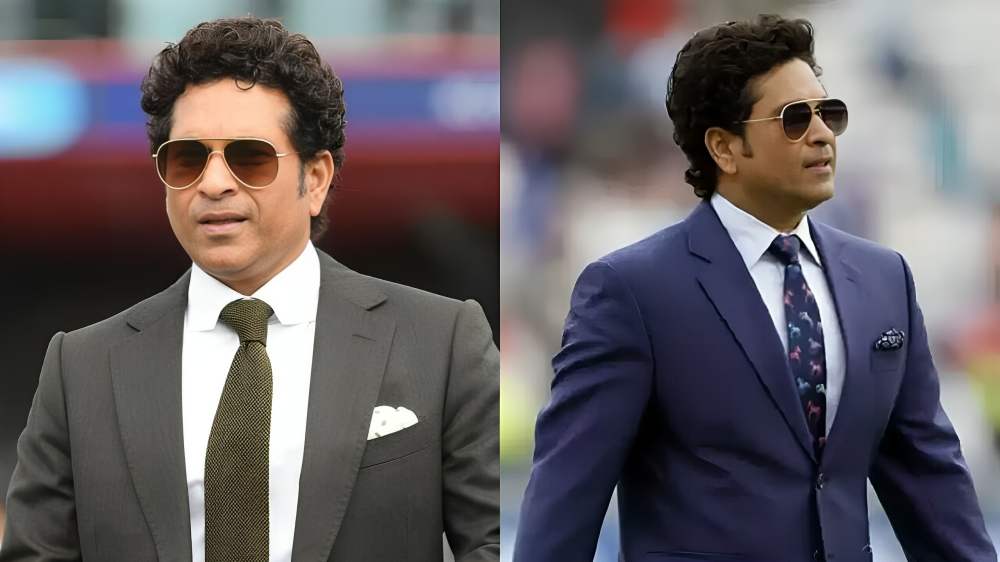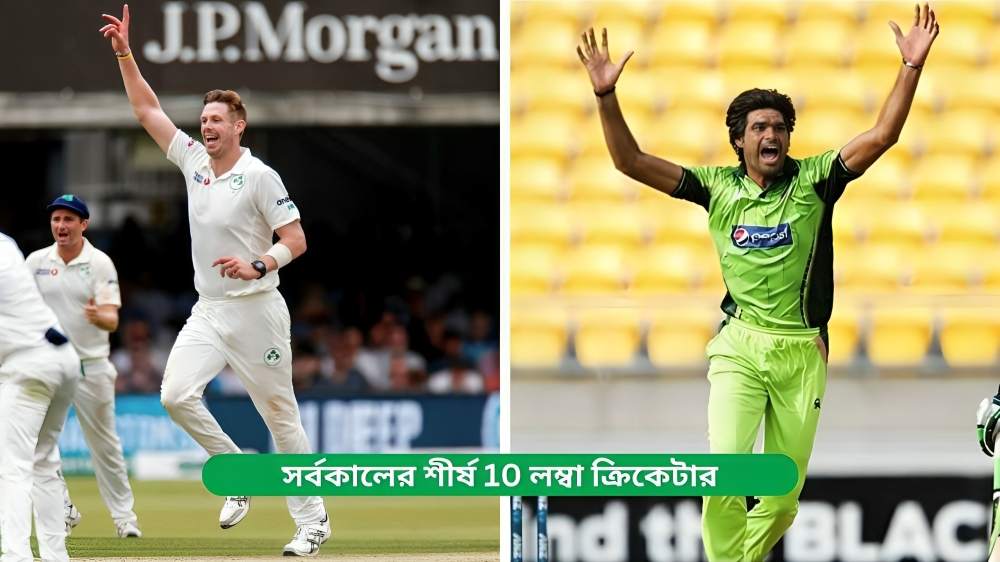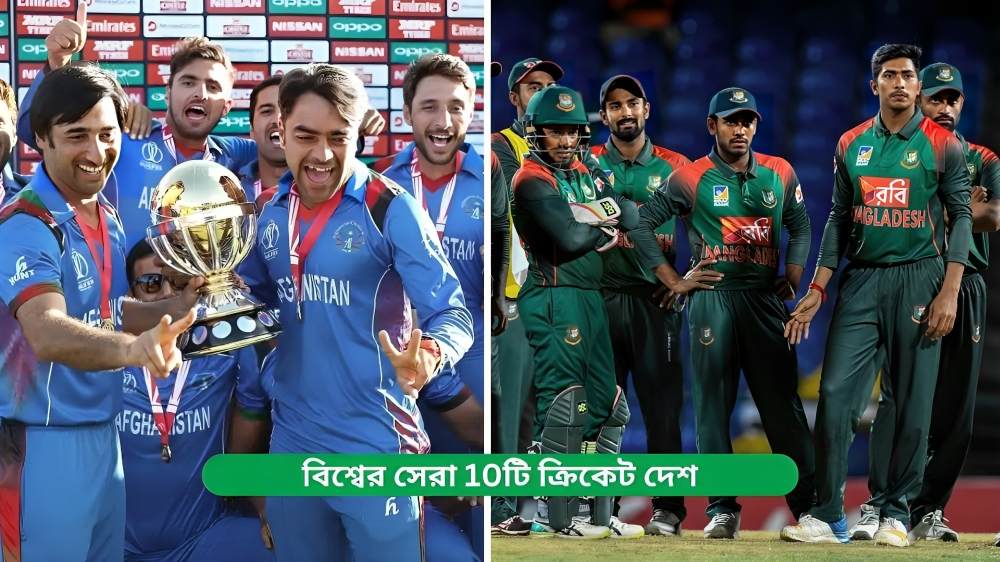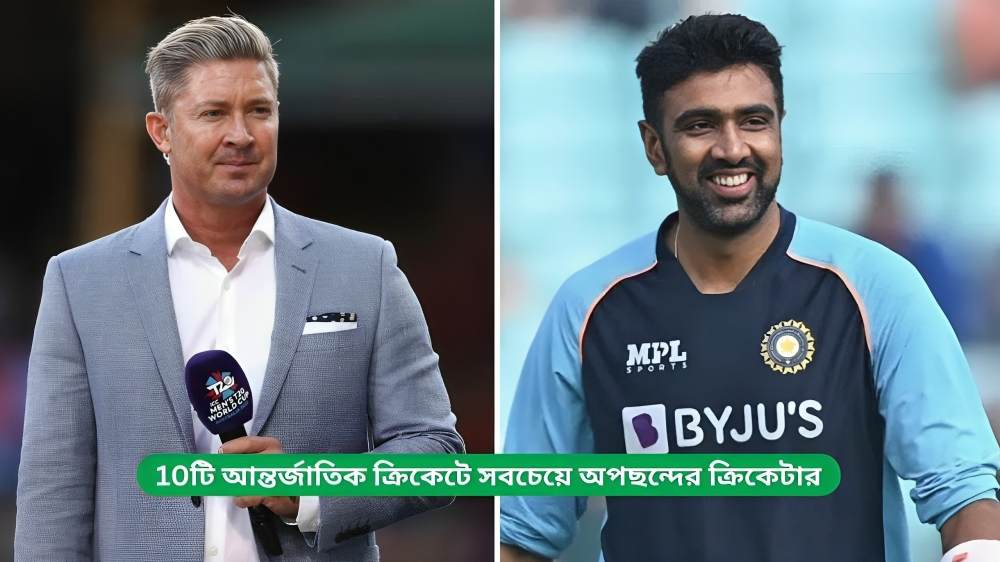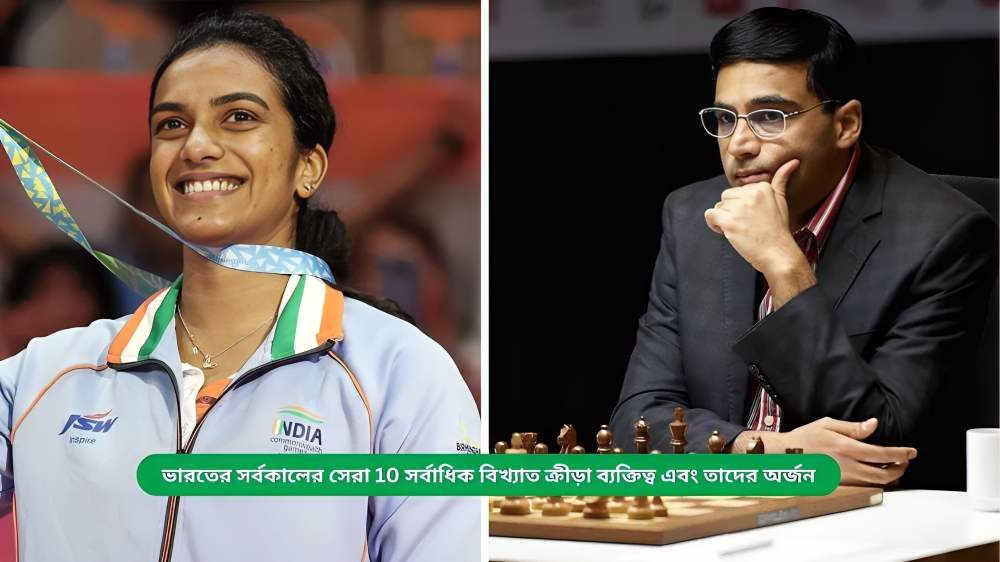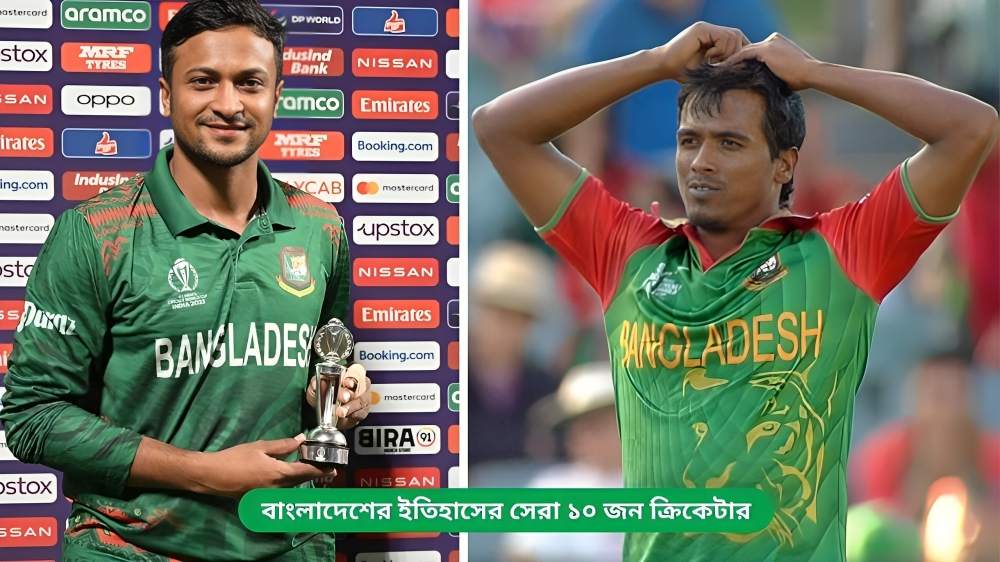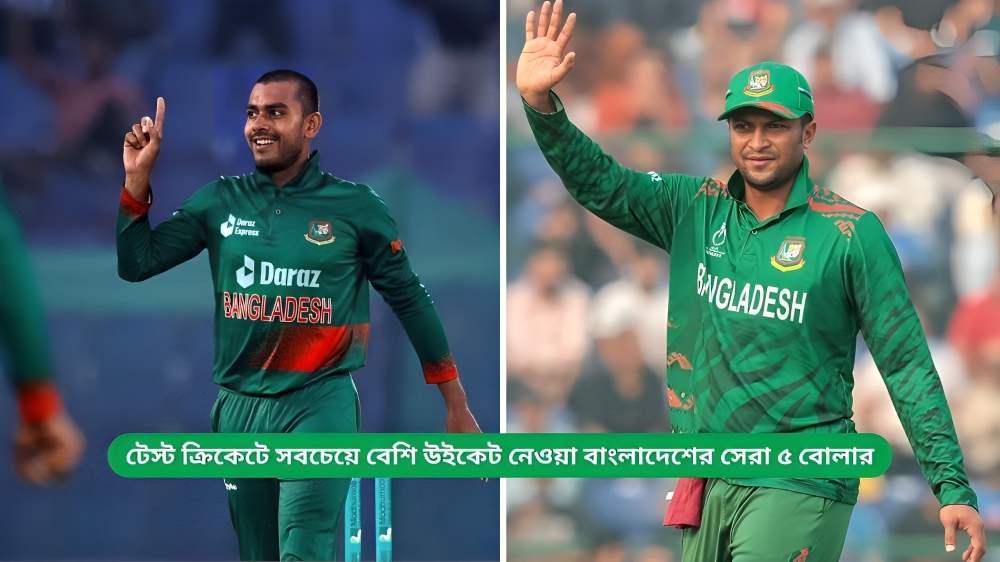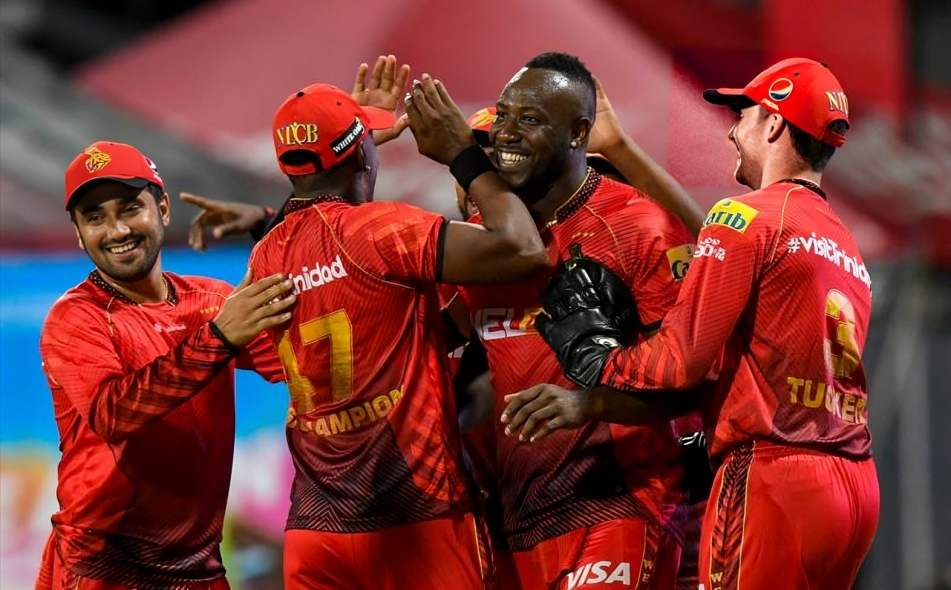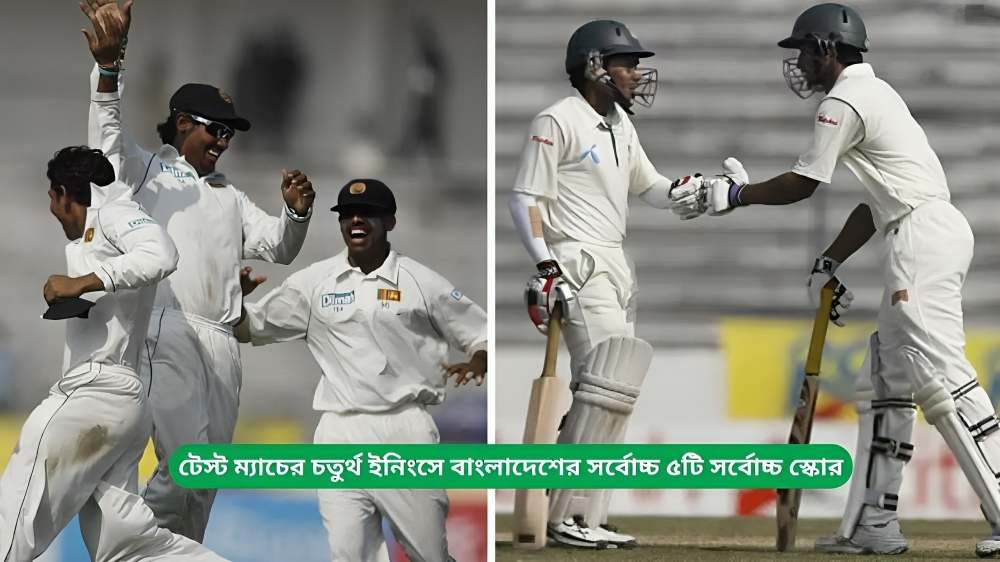Why Are Cricketers Wearing Black Armbands?: In the world of sports, rituals and symbols often play a crucial role in conveying emotions and honoring traditions. One such emblem in cricket is the black armband, which players wear to signify mourning and respect. This simple yet powerful gesture has deep-rooted significance and is often seen during matches, sparking curiosity among fans and spectators. This article delves into the reasons why cricketers wear black armbands, exploring its historical context, notable instances, and the emotional weight it carries within the sport.
Historical Context
The tradition of wearing black armbands in sports dates back to the early 20th century. It emerged as a way for athletes to publicly express their grief over the loss of a colleague, friend, or notable figure in their respective sports. In cricket, this practice has evolved into a respected custom, reflecting the camaraderie and respect players hold for one another, regardless of their national affiliations.
The use of black armbands in cricket is particularly poignant because the sport often cultivates strong bonds among players, coaches, and administrators. Given the shared experiences and the nature of team dynamics, the loss of a fellow cricketer can resonate deeply within the cricketing community.
Reasons for Wearing Black Armbands
1. Tribute to Deceased Players
One of the primary reasons cricketers wear black armbands is to honor the memory of players who have passed away. This tribute can be directed toward a teammate, a former player, or even a respected figure in the cricketing world. When a cricketer dies, it affects not only their team but also the wider cricketing community. Wearing black armbands serves as a collective acknowledgment of their contributions to the sport.
2. Paying Respect to Important Figures
Beyond players, black armbands are also worn to commemorate influential figures in cricket, such as coaches, commentators, or administrators who have significantly impacted the game. These individuals, while not always in the spotlight, play vital roles in nurturing talent, shaping cricket’s future, and enhancing its legacy. Acknowledging their passing through this symbolic gesture is a way to show gratitude and respect.
3. National Mourning
Cricketers sometimes wear black armbands in response to national tragedies or significant events that affect the country. This could include natural disasters, terrorist attacks, or other incidents that lead to a national outpouring of grief. In such cases, the black armband acts as a unifying symbol, demonstrating solidarity and shared sorrow among players representing the same nation.
4. Commemorating Historical Events
Certain historical events, such as anniversaries of tragedies or moments of significance in cricket history, may also prompt players to wear black armbands. These commemorations serve as reminders of the challenges faced by the sport and its players over the years, helping to foster a sense of continuity and awareness of cricket’s rich history.
Notable Instances in Cricket History
Throughout cricket’s storied history, there have been numerous instances where players have donned black armbands, each carrying its own emotional weight:
1. The Death of Phil Hughes

In 2014, Australian cricketer Phil Hughes tragically died after a freak accident during a domestic match. The cricketing world was shaken by the news, leading to widespread mourning. Players across various formats and teams wore black armbands to pay tribute to Hughes, reflecting the profound loss felt by all.
Batting & Fielding
| Format | Mat | Inns | NO | Runs | HS | Ave |
|---|---|---|---|---|---|---|
| Tests | 26 | 49 | 2 | 1535 | 160 | 32.65 |
| ODIs | 25 | 24 | 1 | 826 | 138* | 35.91 |
| T20Is | 1 | 1 | 0 | 6 | 6 | 6.00 |
| FC | 114 | 209 | 15 | 9023 | 243* | 46.51 |
| List A | 91 | 89 | 12 | 3639 | 202* | 47.25 |
| T20s | 34 | 34 | 8 | 1110 | 87* | 42.69 |
2. Honoring Victims of Terror Attacks
After the horrific attacks in Mumbai in 2008, which included the targeting of the Taj Mahal Palace Hotel, many cricketers wore black armbands to remember the victims. This act of solidarity transcended teams and borders, showing that cricket could unite people in times of tragedy.
3. Commemoration of Cricketing Legends
When legendary figures such as Sir Don Bradman or more recently, Shane Warne, passed away, black armbands were worn by players around the globe. These tributes underscored the respect and admiration that the cricketing community held for their contributions to the game.
The Emotional Significance
The act of wearing black armbands carries a profound emotional significance. It not only symbolizes mourning but also serves to remind players and fans of the fragility of life and the importance of cherishing moments. For players, the loss of a fellow cricketer or a beloved figure can be deeply personal, and wearing the armband allows them to express their grief in a shared public space.
Moreover, it fosters a sense of unity among players, creating a bond that transcends national boundaries. Cricket, being a sport that often pits players from different countries against each other, finds common ground in grief. The act of donning a black armband signals to fans and fellow athletes that, despite rivalries, respect for the game and its participants remains paramount.
Wearing black armbands is a poignant tradition in cricket, symbolizing mourning, respect, and unity. Whether honoring the memory of a fallen player, commemorating influential figures, or acknowledging national tragedies, this simple gesture carries immense significance within the cricketing community. It reflects the deep connections formed through the sport and serves as a reminder of the shared experiences and emotions that bind players, fans, and the game itself.
As cricket continues to evolve, the tradition of wearing black armbands will likely endure, reminding all involved in the sport of its rich history and the profound impact of loss. In every match where players wear black armbands, they carry not only their grief but also the memories and legacies of those who have contributed to the beautiful game.
Also Read: What is the Monthly Salary of Indian Cricketers?


